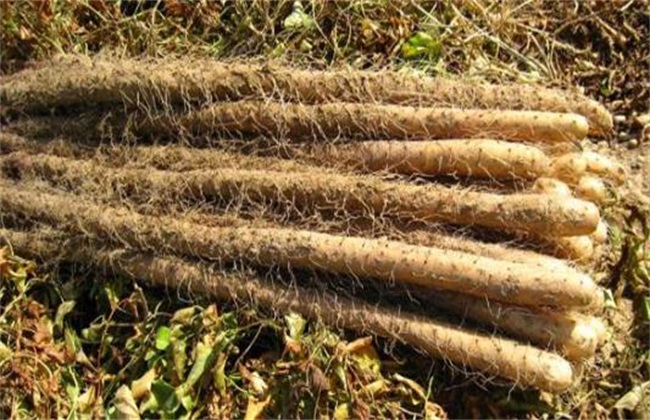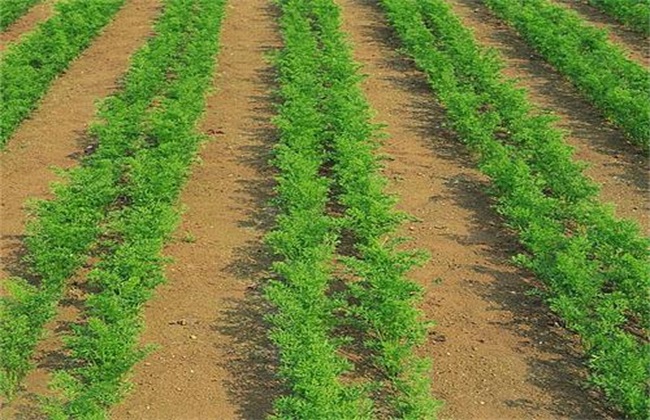Management methods of turnip
Turnip is a kind of biennial herb of Cruciferae. It is widely distributed in China and is a typical root vegetable. It can be eaten as cooked food or as feed. It is very popular in China and has a large planting area. But how do we manage turnips when we grow them? The following small series will bring you turnip management methods, let's take a look!

1. Seedling management
Turnip seedlings are vulnerable to pests such as jumping insects. So we have to pay attention to sprinkling plant ash twice or so in the morning. Can also spray the right amount of stomach poison pesticides for chemical control. At the same time, weeding should be carried out once after seedling, and intertillage should be carried out when seedlings grow about 4 true leaves. Then set the seedlings at 7 leaves and apply some nitrogen fertilizer appropriately. If it is root cultivation, then pay attention to weeding and watering. When the plant is about one meter tall, take precautions against lodging.
2. Fertilization management
About half a month after planting, we should pay attention to dressing the right amount of farm manure, keep the dosage per mu at about 1000kg, and then apply it again after ten days. In October and November, turnip fleshy roots will enter the vigorous growth period, this time to apply a heavy fertilizer. With farm manure as the main, with appropriate compound fertilizer, before fertilization, we should first pay attention to the work of cultivating and loosening, and apply fertilizer to the rows. If the weather is dry, water once after fertilization to encourage the fertilizer solution to be absorbed by the turnip roots.
3. Clear ditch and cultivate soil
During turnip growth, we have to do two or so ditch cleaning and soil cultivation work. To prevent the root exposed and appear green aging phenomenon, resulting in quality decline. Then often observe the growth of turnip, if found yellow leaves, then remove them in time to improve the permeability of the plant. When it comes to December, harvest can begin. Harvesting criteria were mainly stem and leaf yellowing and root head gradually turning yellow. It is best not to frost, although it can improve the quality, but too late harvest will lead to too hard core, fleshy root fiber developed, thus affecting its processing quality.
4. Harvest and storage
When the temperature is about minus three degrees, it should be harvested in time. The temperature should not be too low. If it is too low, it will lead to a decline in storage performance. Harvest time should be carried out on sunny days, digging up the root tuber, and then cutting off the top to remove the leaves. Remove water and soil from the roots and store them in cellars. Storage temperature should be maintained at about one degree, tied into small bundles, and then hung on a wooden frame to dry. Seed root to ensure that the integrity of the root body, there can be no pests and wounds, to ensure that the skin is clean. At the same time, check frequently to avoid frostbite, mildew and premature germination, if any, should be picked out in time.
This is a simple introduction to turnip management methods. Today's introduction is here, this article is for reference only, I hope to help everyone oh!
Related
- Where is it suitable to grow horseradish in China? it is expected to see the middle altitude horseradish in Alishan.
- How to prevent tomato virus disease reasonably? (Control methods included)
- Many people like to plant towel gourd on the balcony. What are the main points of this method and management?
- What crops can chili peppers be mixed with?
- Fertilization techniques and matters needing attention in Tomato
- What are the grafting techniques for peach seedlings in spring?
- Harm and control methods of root swelling disease of Chinese cabbage
- What are the pests of sweet potatoes? How to prevent and cure it?
- Symptoms, causes and Control methods of navel Rot in Tomato
- The cause of "Cucumber rotten bibcock" in Farmers' planting Cucumber and its Control Plan



